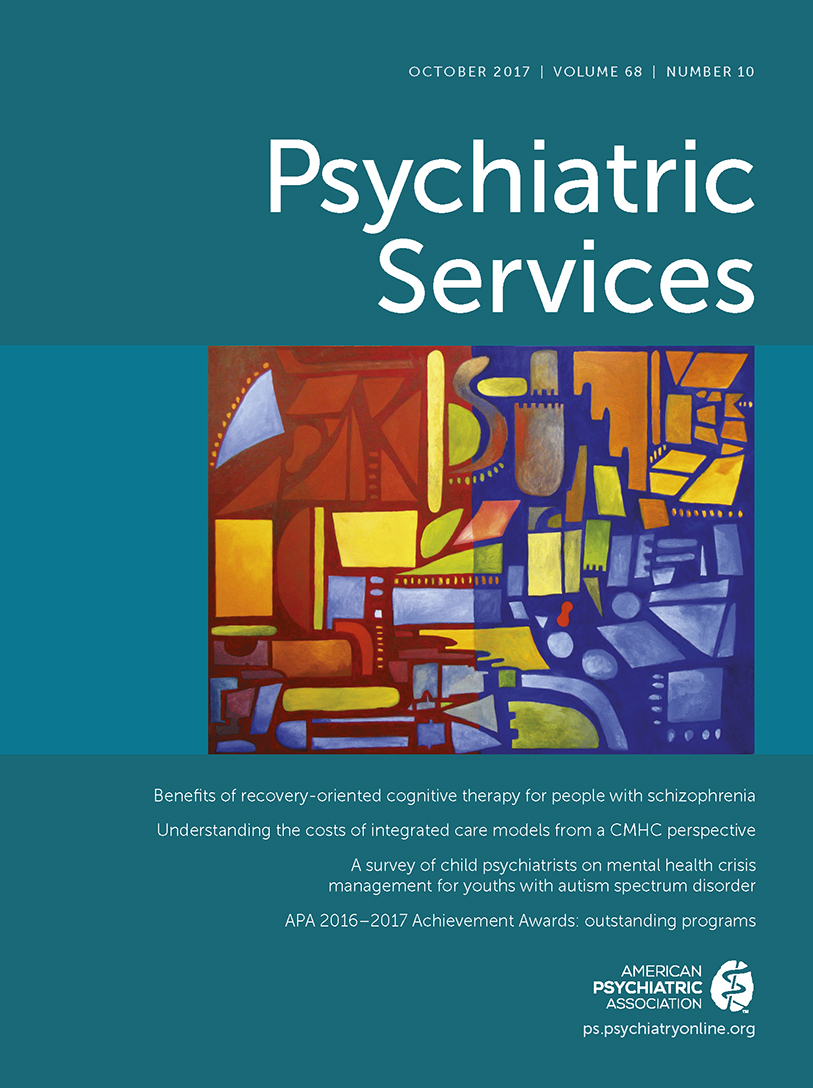Use of Multimodal Technology to Identify Digital Correlates of Violence Among Inpatients With Serious Mental Illness: A Pilot Study
Abstract
Objective:
The study examined multimodal technologies to identify correlates of violence among inpatients with serious mental illness.
Methods:
Twenty-eight high-risk inpatients were provided with smartphones adapted for data collection. Participants recorded their thoughts and behaviors by using self-report software. Sensors embedded in each device (microphone and accelerometers) and throughout the inpatient unit (Bluetooth beacons) captured patients’ activity and location.
Results:
Self-reported delusions were associated with violent ideation (odds ratio [OR]=3.08), damaging property (OR=8.24), and physical aggression (OR=12.39). Alcohol and cigarette cravings were associated with violent ideation (OR=5.20 and OR=6.08, respectively), damaging property (OR=3.71 and OR=4.26, respectively), threatening others (OR=3.62 and OR=3.04, respectively), and physical aggression (OR=6.26, and OR=8.02, respectively). Drug cravings were associated with violent ideation (OR=2.76) and damaging property (OR=5.09). Decreased variability in physical activity and noisy ward conditions were associated with violent ideation (OR=.71 and OR=2.82, respectively).
Conclusions:
Identifiable digital correlates may serve as indicators of increased risk of violence.




